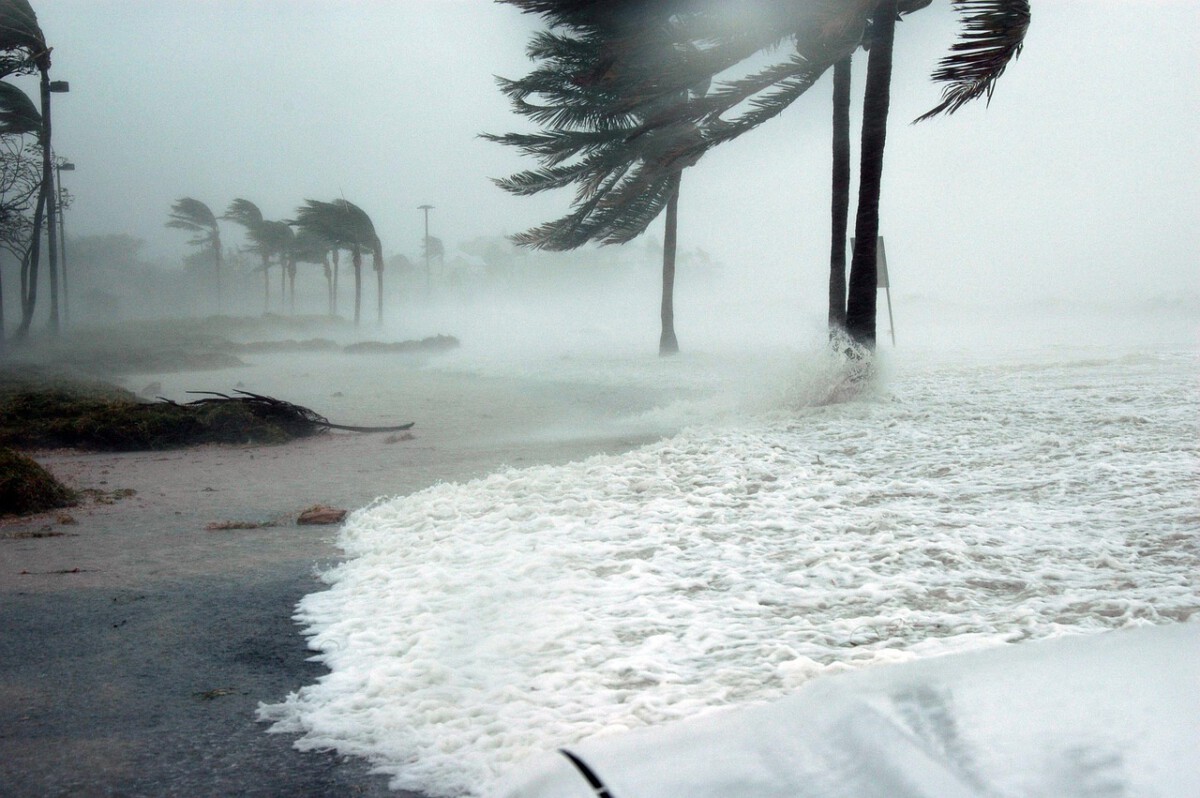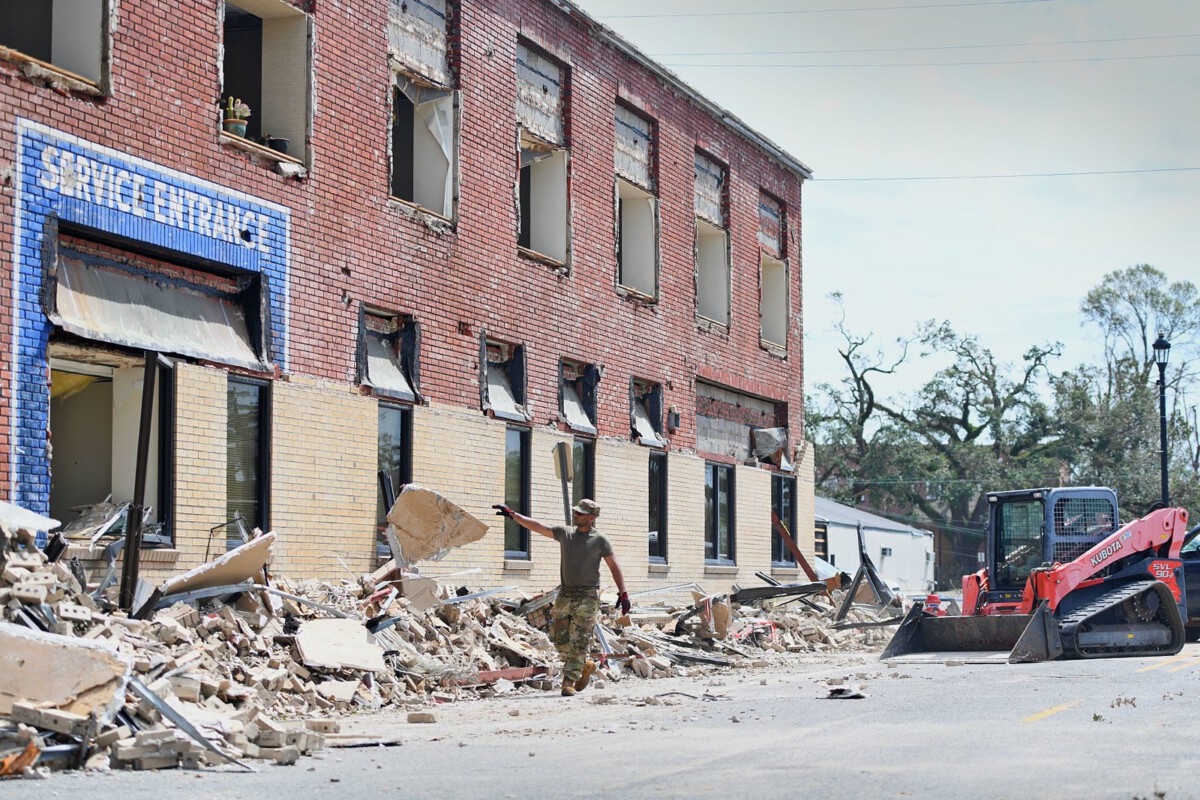
The Hidden Killer in Every Hurricane (Image Credits: Pixabay)
Picture the ocean swelling under a relentless barrage of wind and rain, turning quiet coastlines into chaotic flood zones in mere hours.
The Hidden Killer in Every Hurricane
Hurricanes pack a punch like no other disaster in the U.S., racking up billions in damage and claiming thousands of lives since the 1980s. Yet, it’s not always the fierce winds or pounding rain that do the most harm. Storm surge sneaks up as the real culprit, pushing water levels sky-high and swallowing entire neighborhoods.
This surge happens when hurricane winds shove seawater onshore, mixing with low pressure that sucks the ocean upward. Add in crashing waves, and you’ve got a recipe for disaster that can overwhelm even the sturdiest defenses. Coastal folks know the drill – evacuation is key, but only if warnings come fast enough.
Without precise timing, people get caught off guard, leading to heartbreaking losses. That’s where better forecasting steps in, turning potential tragedy into manageable risk.
Why Current Forecasts Fall Short
Right now, experts rely on hydrodynamic models to predict storm surges. These tools crunch physics equations using details like wind speed, storm path, tides, and the lay of the land and seabed. They’ve gotten sharper over the years, thanks to beefier computers.
Still, dialing up the detail for street-level accuracy means breaking the area into tiny grid cells – like zooming in on a map. That precision demands massive computing power, often taking hours to spit out results. In a fast-moving storm, those hours might as well be days.
Coarser grids speed things up but blur the picture, leaving residents guessing about flood risks. It’s a tough trade-off that leaves emergency teams scrambling.
AI Steps In to Accelerate Everything
Here’s the exciting part: artificial intelligence flips the script on slow forecasts. Trained on vast datasets from past storms and simulated scenarios, AI models learn patterns in wind, pressure, and water flow without solving every equation from scratch each time.
Deep neural networks, for instance, can scan wind fields and churn out water level predictions in seconds. Recent studies show these AI approaches matching or even beating traditional models in accuracy, especially for detailed coastal views.
Think of it like a super-smart shortcut – AI absorbs the heavy lifting of physics-based simulations during training, then delivers rapid-fire insights when a hurricane looms.
Boosting Accuracy in Uncertain Waters
Storm predictions wrestle with two big unknowns: the hurricane’s exact path and intensity, which shift unpredictably, and how local changes like eroded dunes or dredged channels alter surge behavior. Traditional models struggle here, especially in data-sparse spots.
AI shines by blending historical records with synthetic data from simulations. It can forecast surges for rare, extreme events that haven’t hit before, filling gaps where real-world examples are slim.
This means more reliable inundation maps, highlighting flooded streets or vulnerable homes. For areas with shifting coastlines, AI adapts quickly, offering tailored warnings that save precious preparation time.
Real-Life Wins and What’s Next
Already, AI augments official forecasts, helping agencies like the National Hurricane Center issue quicker alerts. Teams are experimenting with it for post-storm damage assessments and even analyzing camera feeds to gauge flood depths on the ground.
Looking ahead, as more storm data pours in and AI tech evolves, expect even finer-grained predictions. Coastal communities could get neighborhood-specific alerts in real time, empowering faster evacuations and smarter resource deployment.
From Miami beaches to Gulf shores, this could slash the toll of surges, proving tech’s power against nature’s fury.
Everyday Impacts on Coastal Living
Beyond warnings, AI could reshape insurance and planning. Insurers might use these fast models to price policies more fairly, while cities build better barriers informed by precise risk data.
Residents benefit too – apps could push personalized alerts, like “Your block floods in two hours; head inland now.” It’s about turning overwhelming info into actionable steps.
Though challenges remain, like ensuring AI handles climate shifts, the momentum is clear. Safer coasts start with smarter forecasts.
Key Takeaways
- AI slashes forecast times from hours to seconds, giving more evacuation windows.
- It handles rare scenarios better by training on simulated data, improving accuracy where history falls short.
- Early adoption in operations could prevent thousands of surge-related deaths and billions in damage.
In the end, AI isn’t just tweaking forecasts – it’s a lifeline, bridging the gap between storm chaos and human safety. As hurricanes intensify with climate change, tools like these feel more vital than ever. What do you think about AI’s role in weather prep? Share in the comments below.



